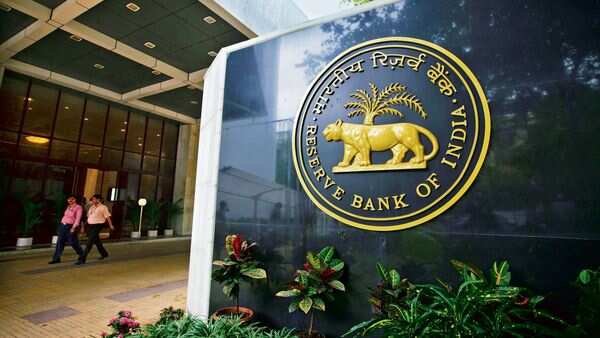RBI’s Launch of Utkarsh 2.0
The Reserve Bank of India (RBI) has launched Utkarsh 2.0, the second phase of its medium-term strategy for strengthening regulatory and supervisory mechanisms. Utkarsh 2.0 builds upon the foundation laid by Utkarsh 2022, which was launched in July 2019 and covered the period from 2019 to 2022. Utkarsh 2.0 will guide the RBI over the period from 2023 to 2025 and includes six vision statements that are designed to improve the performance of the RBI’s statutory and other functions, enhance its relevance and significance at the national and global levels, and improve its internal governance, infrastructure, and human resources.
Utkarsh 2.0
Utkarsh 2.0 is the second phase of the RBI’s medium-term strategy for strengthening regulatory and supervisory mechanisms. It builds upon the foundation laid by Utkarsh 2022, which was launched in July 2019 and covered the period from 2019 to 2022. Utkarsh 2.0 will guide the RBI over the period from 2023 to 2025 and includes six vision statements that are designed to improve the performance of the RBI’s statutory and other functions, enhance its relevance and significance at the national and global levels, and improve its internal governance, infrastructure, and human resources.
The six vision statements are:
- Excellence in performance of statutory and other functions: This vision statement aims to improve the performance of the RBI’s statutory and other functions in order to better serve the needs of the Indian people and the economy.
- Strengthened trust of citizens and institutions in the RBI: This vision statement seeks to enhance the trust that citizens and institutions have in the RBI, as this is essential for the RBI to effectively fulfill its mandate.
- Enhanced relevance and significance in national and global roles: This vision statement aims to improve the RBI’s relevance and significance at the national and global levels, as this will enable the RBI to better contribute to the stability and development of the Indian economy.
- Transparent, accountable, and ethics-driven internal governance: This vision statement focuses on improving the RBI’s internal governance by making it more transparent, accountable, and guided by a strong ethical code.
- Best-in-class and environment-friendly digital and physical infrastructure: This vision statement seeks to improve the RBI’s digital and physical infrastructure by making it the best-in-class and environmentally friendly.
- Innovative, dynamic, and skilled human resources: This vision statement aims to improve the quality and capabilities of the RBI’s human resources by making them more innovative, dynamic, and skilled.
Implementation and Progress Monitoring:
The RBI attaches great importance to its medium-term strategy and monitors its implementation and progress through a sub-committee of its Central Board. This ensures that the RBI remains on track in achieving the milestones set out in Utkarsh 2.0 and is able to adapt to changing circumstances as needed.
About the Reserve Bank of India:
The Reserve Bank of India is the central bank of India and was established under the Reserve Bank of India Act of 1934. It began operations on April 1, 1935, and was nationalized in 1949, with the government of India becoming its owner. The RBI is responsible for regulating banks under the Banking Regulation Act of 1949 and non-banking financial companies (NBFCs) under the Reserve Bank of India Act of 1934. It is also the regulator of the digital payment system under the Payment and Settlement Act of 2007. The headquarters of the RBI are located in Mumbai, and the current governor is Shaktikanta Das.
Month: Current Affairs - January, 2023
Category: Economy & Banking Current Affairs


